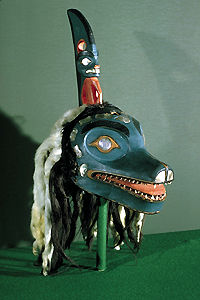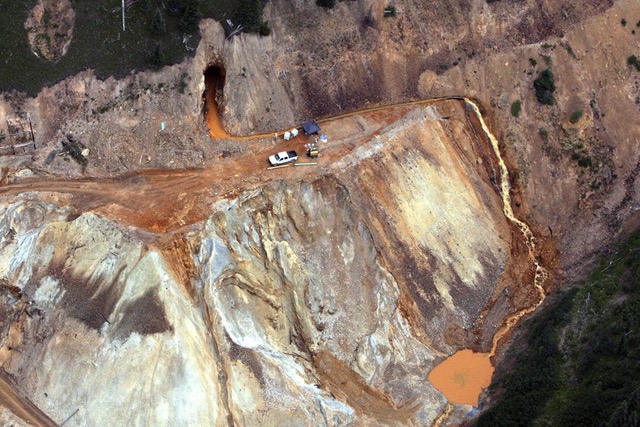Begin forwarded message:
From: ALAN SKEOCH <alan.skeoch@rogers.com>Subject: EPISODE 697 MEMORY OF ABUL MOUSUF, GEOPHYSICISTDate: December 15, 2022 at 10:41:12 PM ESTTo: Alan Skeoch <alan.skeoch@rogers.com>
EPISODE 697 ABUL MOUSUF AND SEISMOGRAPHalan skeochdec 14 2022
This is what remained of our blasting caps once the Forite explosive was triggered by bus Mousuf who held the firing bus and watched the the seismograph register the number of milliseconds it took for the sound wave
to travel a fixed distance. This way we could determine the depth of overburden over bedrock. I saved the wire for these 60 years just to show you.Before I can describe my last mining job in 1965 I have to go back to 1959 when I had the privilege of working with Abul Mousuf…Dr. Abul Mousuf. There are People in this world whose force of personality enter long term storage in my brain. Abul was one of these. Not because he ws dominating. He was
very soft spoken even shy. Silent, as we flew to Fredericton on a rush Seismicjob in the upper St. John River Valley where the immense dam hadbeen consructed and would eventually drown one of the prettiest river valleys inCanada.“Alan, you will be the hammer man for Abul”“Hammer man?”“Your job will be to hit a steel plate with a ten pound hammer…seismic work involves sound waves…you will generate the sound waves. Abul will dothe rest. Not quite true. When the hammer waves are too far from theseismograph, we use explosives.””“Explosives? Like Dynamite?”“Forcite explosives triggered by electric blasting caps. Comes in sticksabout length of weiners. Usually quarter sticks are enough. Hook capsto wire then Abul will trigger.”“Dangerous?”“Not really if you are careful. Slide the cap gently into the Forcite. Once you get the Forcite armed…get out ofthe way and signal to Abul. ““How does the blasting cap get into the Forcite stick?”“That’s your job. Just slowly push the metal cap into the Forcite. Slowly.Avoid too much friction. then tie the lead wires around the Forcite tight.”‘Bury the charge.”“Abul in any danger?”
“Soft soil, muddy soil, swamp…impossible to use the sledge hammer …in
ABUL HELD THE FIRING BOX AND WATCHED THE SEISMIC RESULT REGISTER ON THE SEISMOGRAPH.. THIS WAS A TWO PERSON OPERATION.MORE THAN TWO COULD SPELL TROUBLE SUCH AS A MISCUE ON THE FIRING BOX.Sound waves are measured in milliseconds…one thousandmilliseconds in 1 second. Sound travels faster in rock thanin soft ground or air.WE HAD A THHIR MAN WHOSE NAME I HAVE FORGOTTEN.HE WAS FAMIIAR WITH FORCITE AND PREPARED MULTIPLECHARGES. ENOUGH HERE TO BLOW OFF ARMS AND HEAD
THE St. John River valley was slowly fill-in with water. Farms disappearing. Temporary car ferry where road disappears.
So my job was a touch more complicated than swinging a hammer. Quite exciting really. Danger is exciting. Sound waves measured in milliseconds. We would draw profiles of the depthsof overburden in the St. John Valley . Locate the bedrock. Construcitonengineers needed this information.So many beautiful ancient farms wereabout to be destroyed. That saddened me.But this story is about Abul. He was an expert in geophysics. Had a doctoratealthough ne never said so. I was a student. Yet he treated me as an importantteam member.Abul was a muslim. First musliim I had ever met. First impressions are important.What term is correct? — Moslem or Muslim?“A ‘Muslim’ in Arabic means ‘one who gives himself to God,’ and is by definition, someone who adheres to Islam. By contrast a ‘Moslem’ in Arabic means ‘one who is evil and unjust’ when the word is pronounced, as it is in English, ‘Mozlem’ with a z.”Jan 12, 2015On other mining jobs cursing, drinking, laughter were the order of the day.We always tried to have a good time because the working conditions wererough often. That was not so on the job with Abul.We just talked. Partly about the horrors that attendedthe split between Hindus and Muslims,,, between Pakistanis and Indians. Partition of India and Pakistan occurred in 1947 when the British colonialists withdrew from India after World War Two.This was not a peaceful transition. Manydied . Abul was in the centre of it all as a young man.Horrified by what he saw around him.
I think he was a student at U. of T in 1947. Could never go back home maybe.
Abul loved Cnada. Warmed his heart to see our level of innocence with regardto the violence elsewhere. Dr Norman Paterson sent me these two memories of Abul,“”The Beloved Professor” incident was when Tuzo Wilson took a bunch of graduate students on a hike across the steep north rim of the Sudbury Basin. Abul fell behind and curled up under a tree. When the others went back looking for him he looked up and said Oh my beloved professor, I thought you had left me here in the wilderness to die.The Resolute (not called that now) story was when Abul took an FS-3 Hammer seismograph to measure the depth to bedrock on the ice off Resolute Bay. His helper, an Inuit got very agitated as evening approached and made signs that he wanted to return home. Abul continued making measurements. Eventually the Inu threw all the gear on the sled and left. That night the Mess Hall was buzzing with the story of how the brave man from India continued his work with a polar Bear only 100 feet away.””(Dr. Norman Paterson, Dec. 15, 2022)DEATH OF ABUL MOUSUFIn 1961 Abul died.“Abul’s wife, I think her name was Dorothy. She came toToronto after Abul’s death. She told me Abul was not really that sick but he was VERY tatalistic, and when they put him in an oxygen tent he told her he was going to die, and so he did The job was a small IP survey I believe, in the Restigouche Area.(Dr. Norman Paterson, Dec. 15, 2022)MOUNT PLEASANT CEMETARY
Dr. Mousuf is in all likelihood one of the first Muslims to be buried in Metro Toronto. He died years before there was a substantial Muslim population. In those days there were a number of Muslim students attending University of Toronto and doctors in residency programmes at local hospitals. His grave is located on the west section of Mount Pleasant Cemetary (the section located between Mount Pleasant Road in the east and Yonge Street on the west) near the fence on Mount Pleasant Road.
Dr. Mousuf was born in Bihar State, India. He was an Earth Scientist (geophysics) by profession. His headstone states ‘in loving memory’,
==========================
A Google search of the name ‘Mousuf’ yielded this result, among others:
K40 Radioactive Decay: Its Branching Ratio and Its Use in Geological Age Determinations
A. K. Mousuf
Geophysics Laboratory, Department of Physics, University of Toronto, Toronto, Canada
Received 30 June 1952
©1952 The American Physical SocietyPOST SCRIPT
PARTITI0N OF INDIA ACT 1947The partition caused a large-scale loss of life and an unprecedented migration between the two dominions.[4] Among refugees that survived, it solidified the belief that safety lay among co-religionists. In the instance of Pakistan, it made palpable a hitherto only imagined refuge for the Muslims of British India.[5] The migrations took place hastily and with little warning. It is thought that between 14 million and 18 million people moved, and perhaps more. Excess mortality during the period of the partition has been conventionally estimated to be between 200,000 and 1 million. The second figure is thought to be too low, though a lack of reliable data precludes a more robust figure.[6] The violent nature of the partition created an atmosphere of hostility and suspicion between India and Pakistan that affects their relationship to this day.



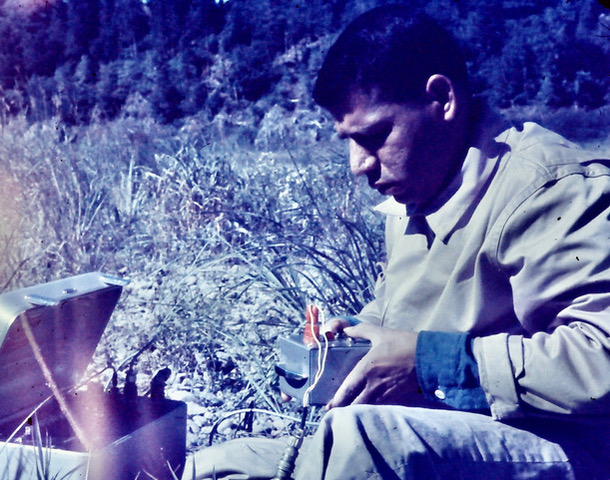
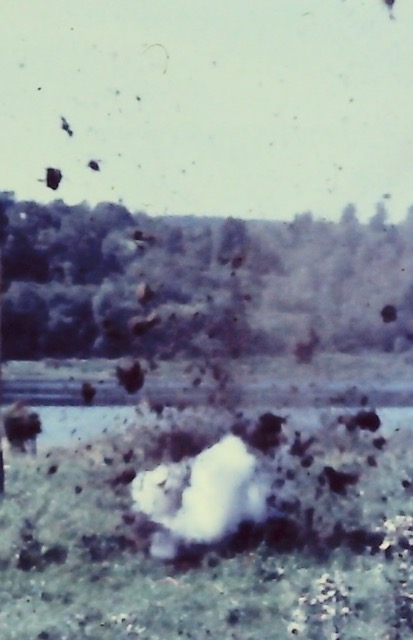

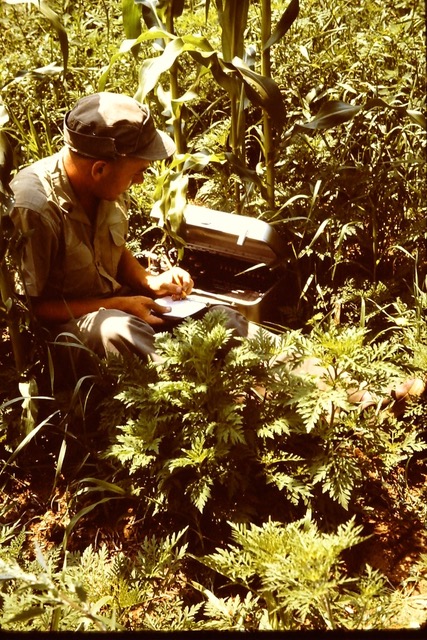

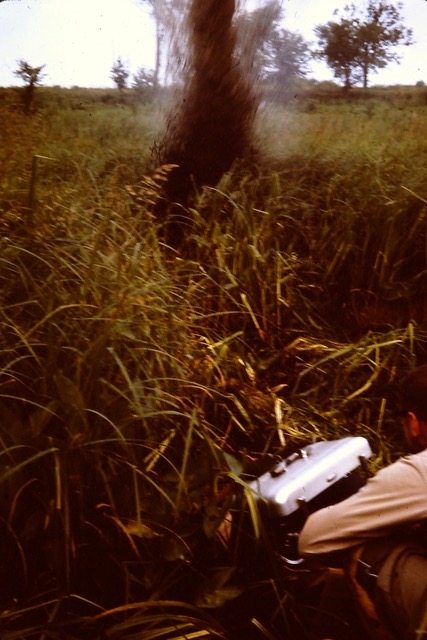
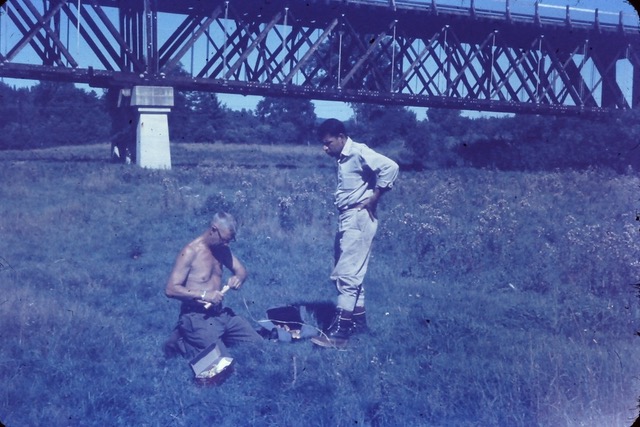
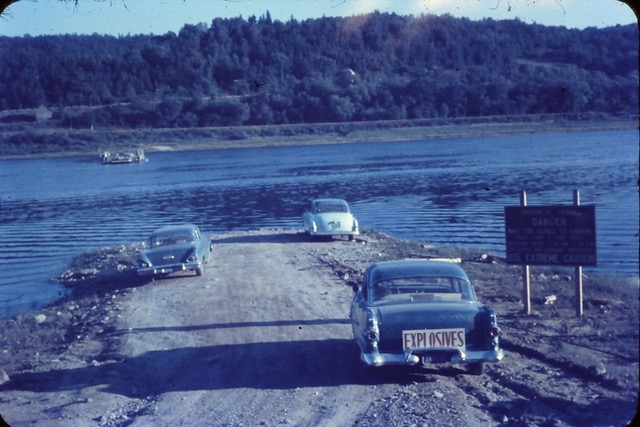



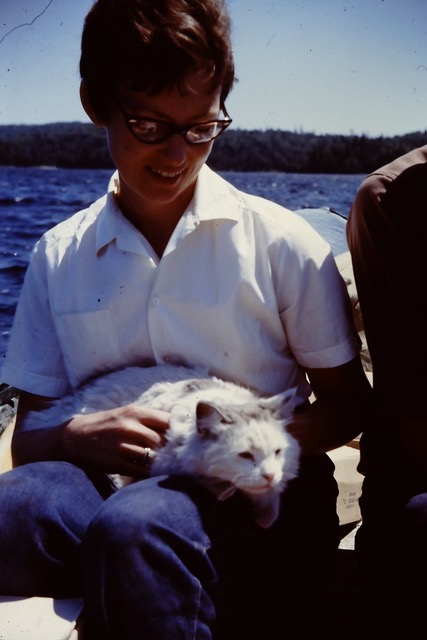


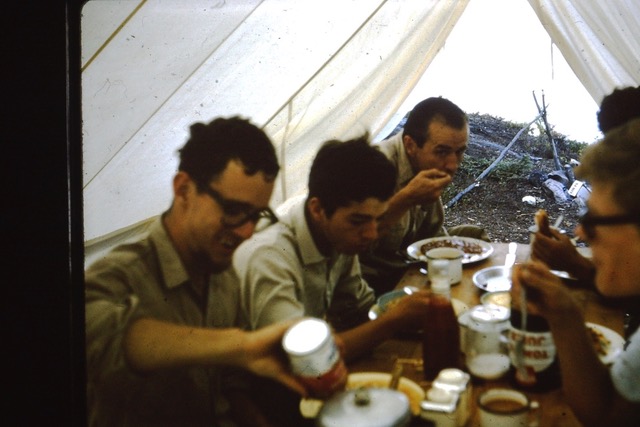
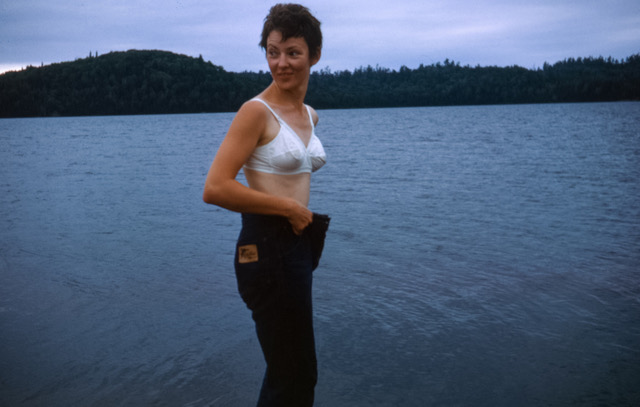

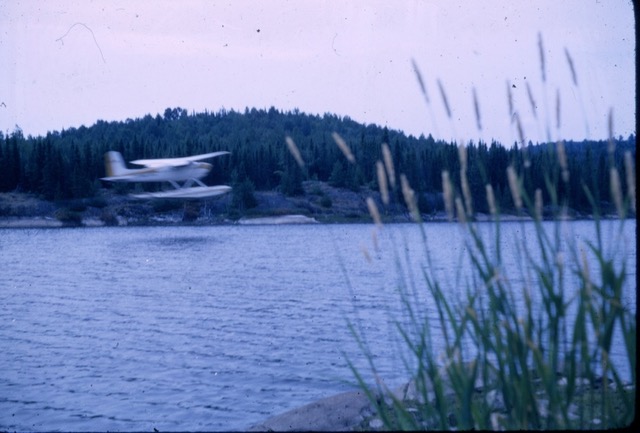

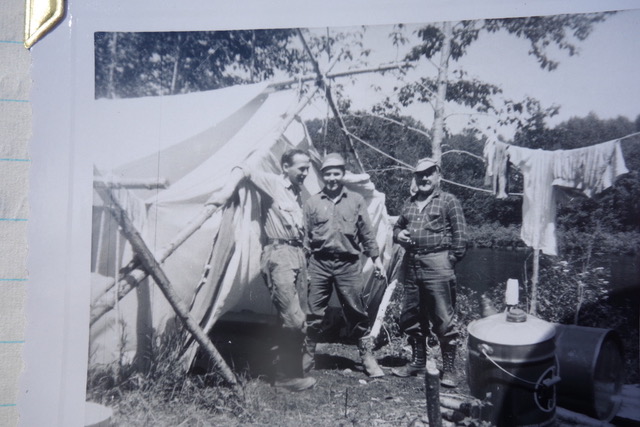

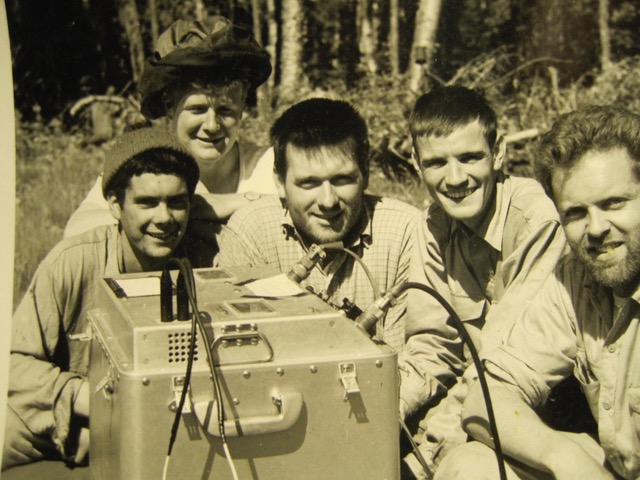
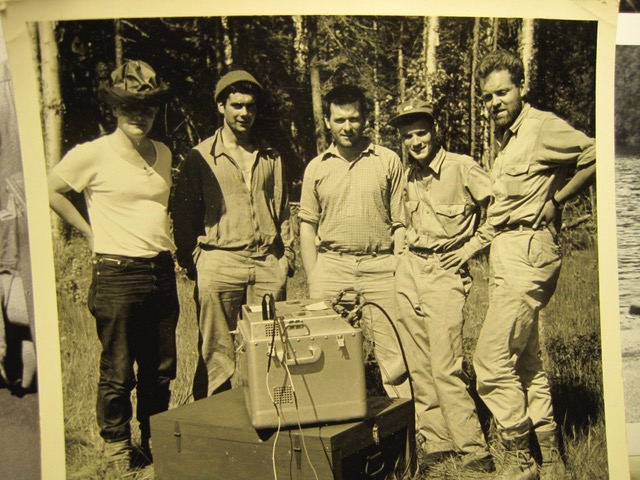
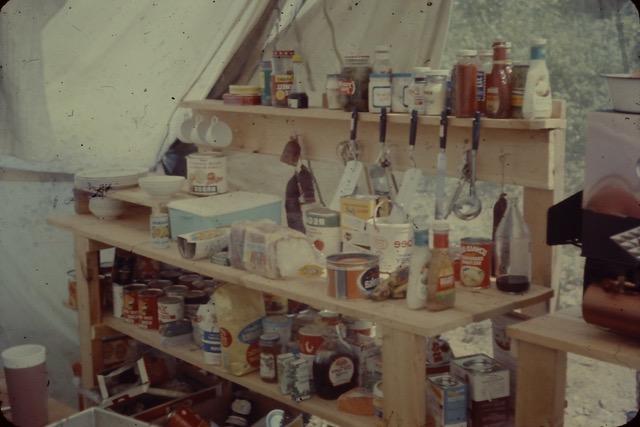

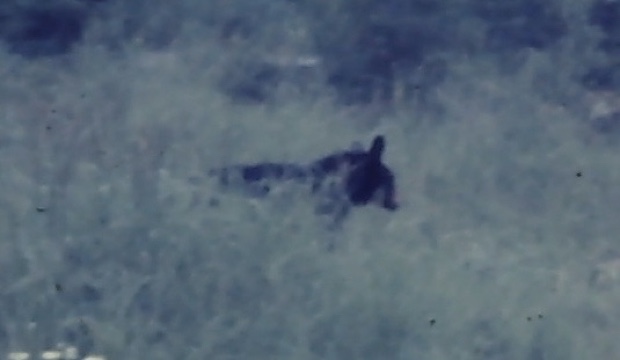
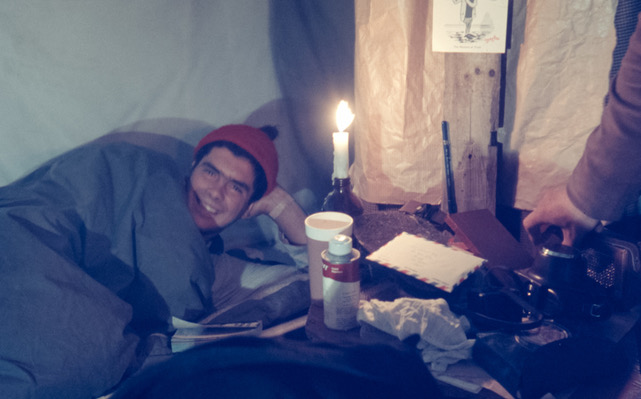
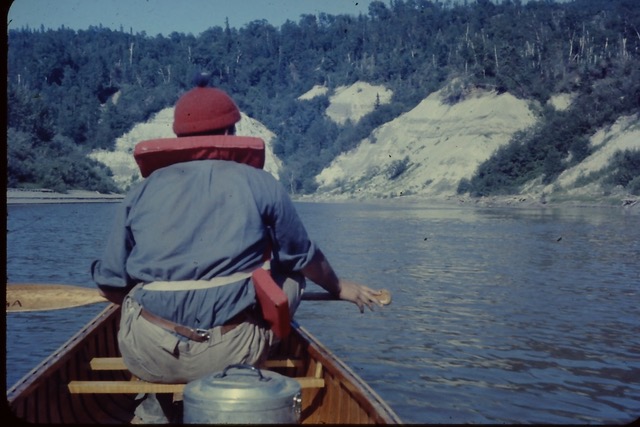
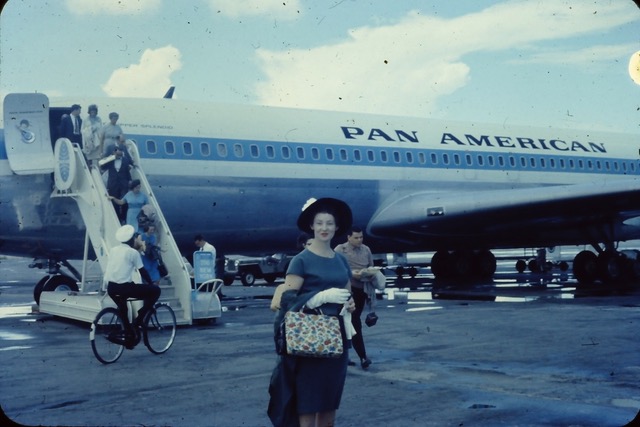
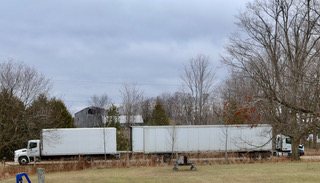

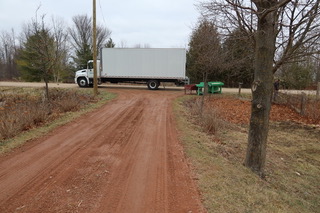
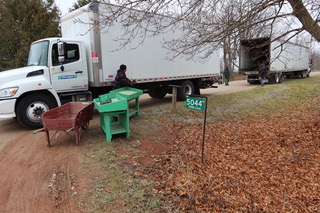
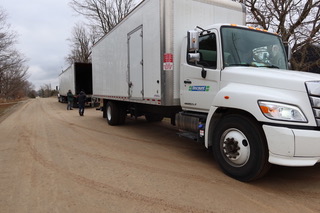
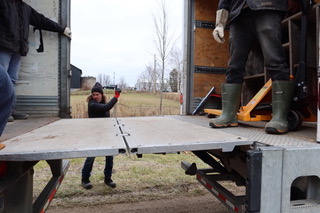

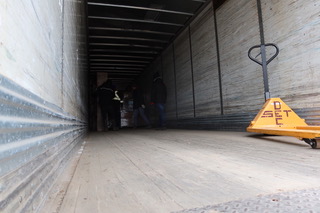
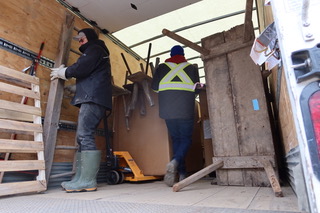


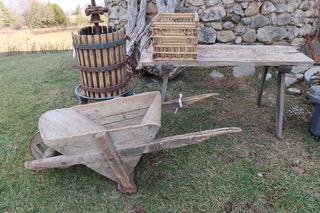

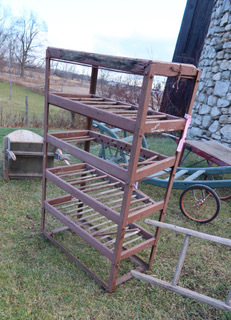
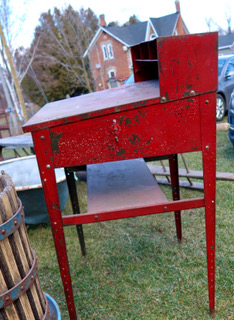
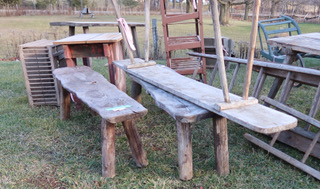
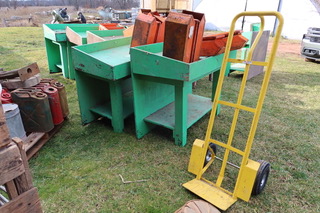


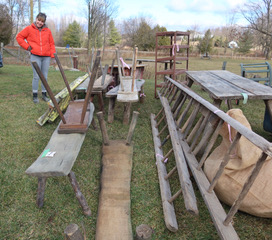
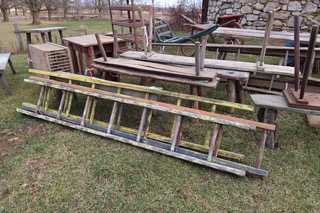
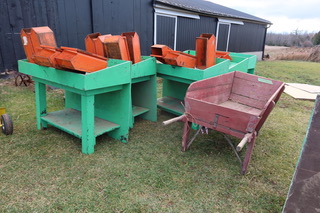
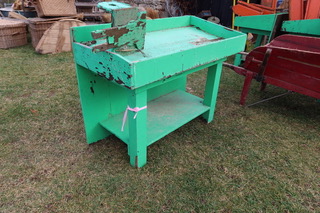

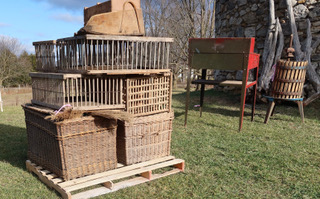


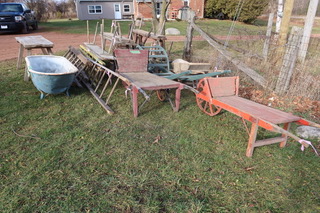

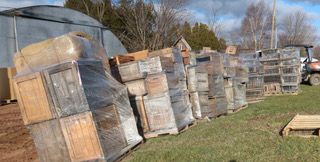

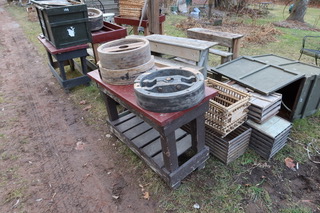

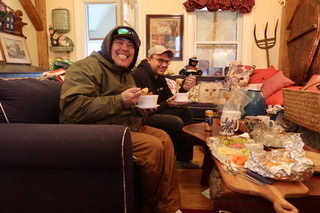


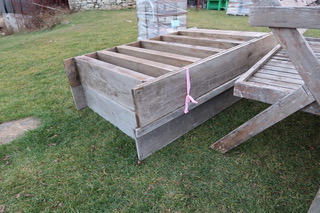
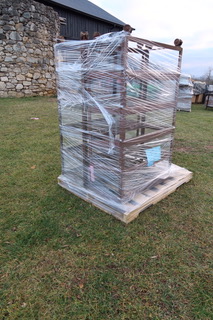
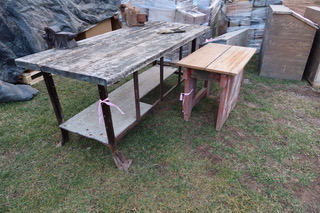
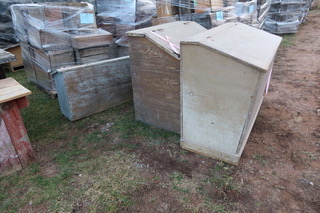
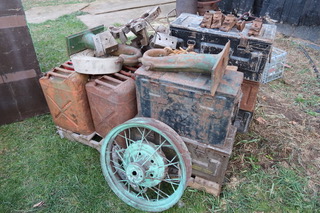
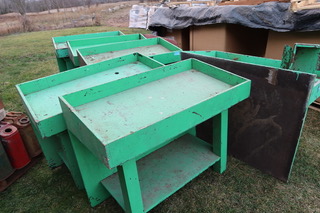

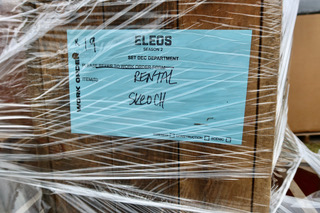

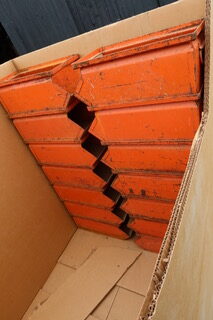
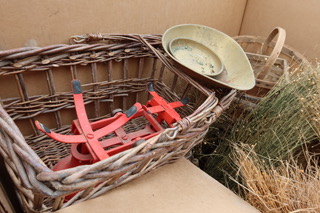
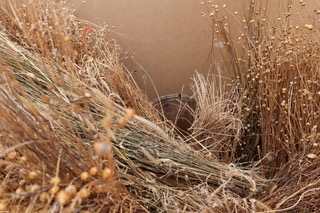
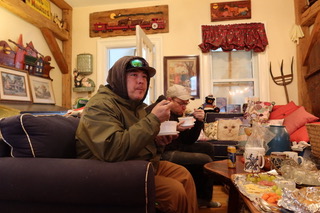
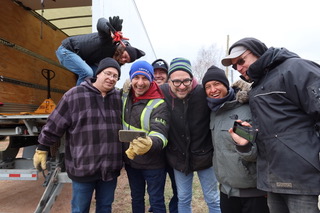

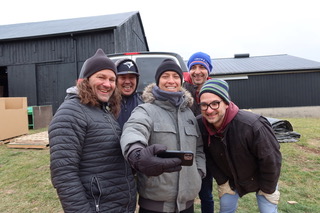
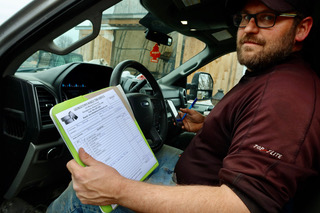

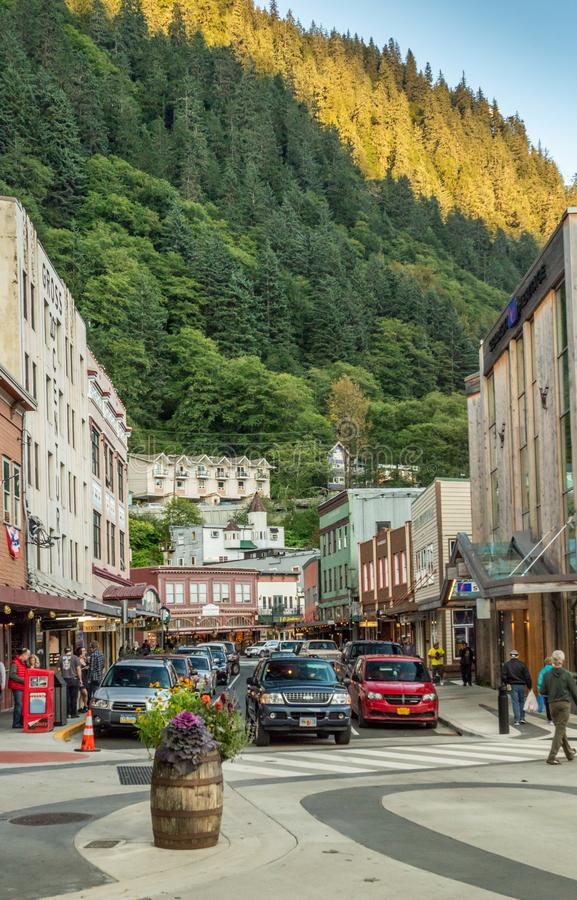

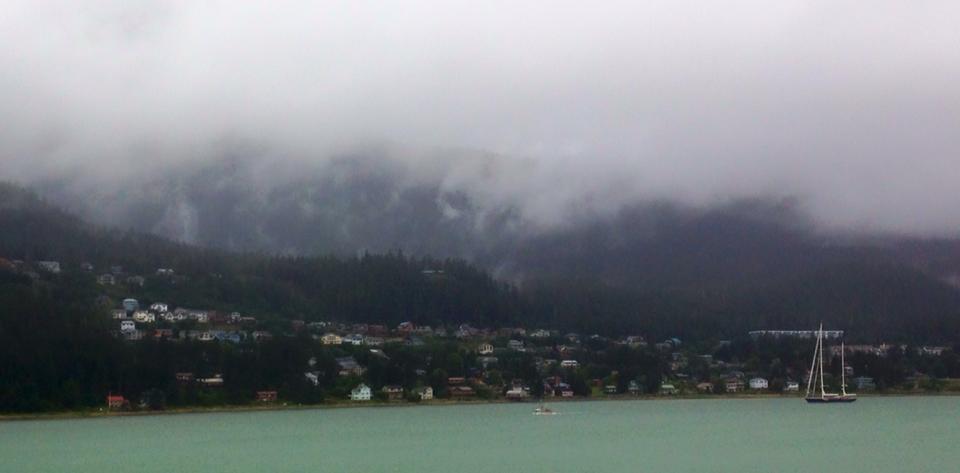
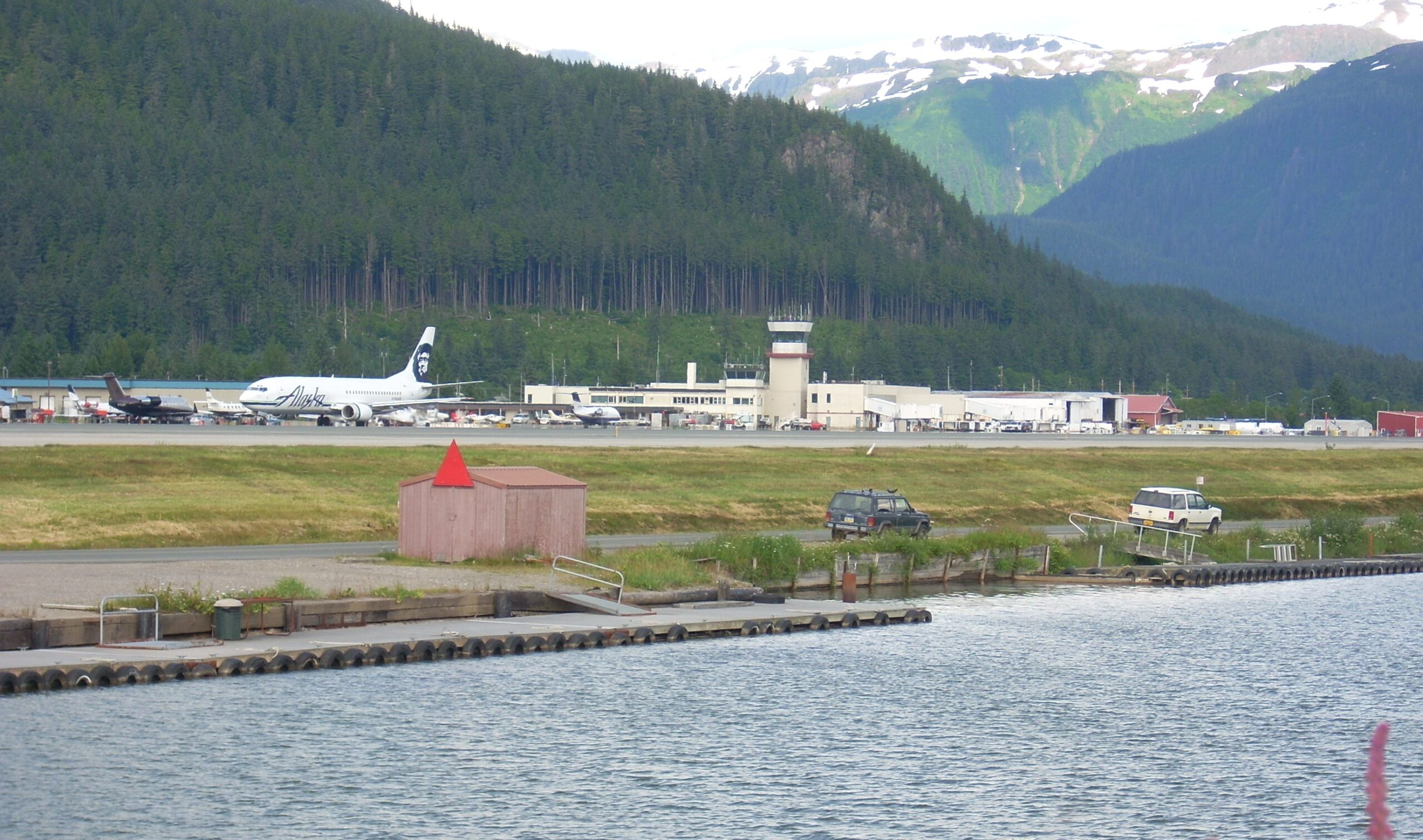

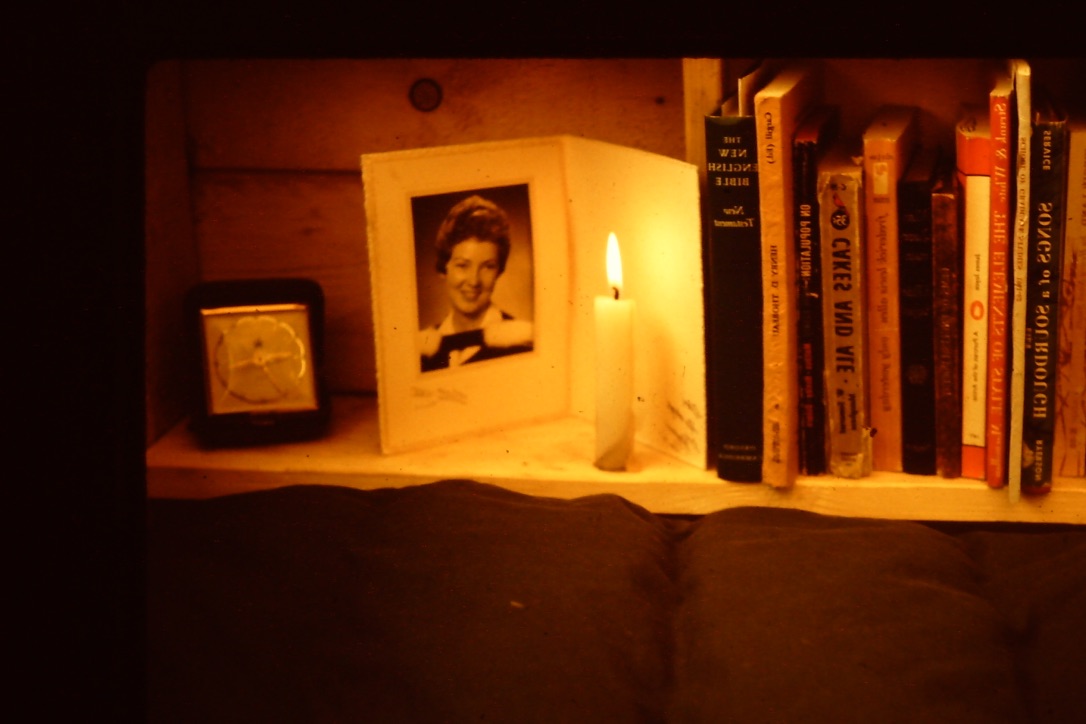



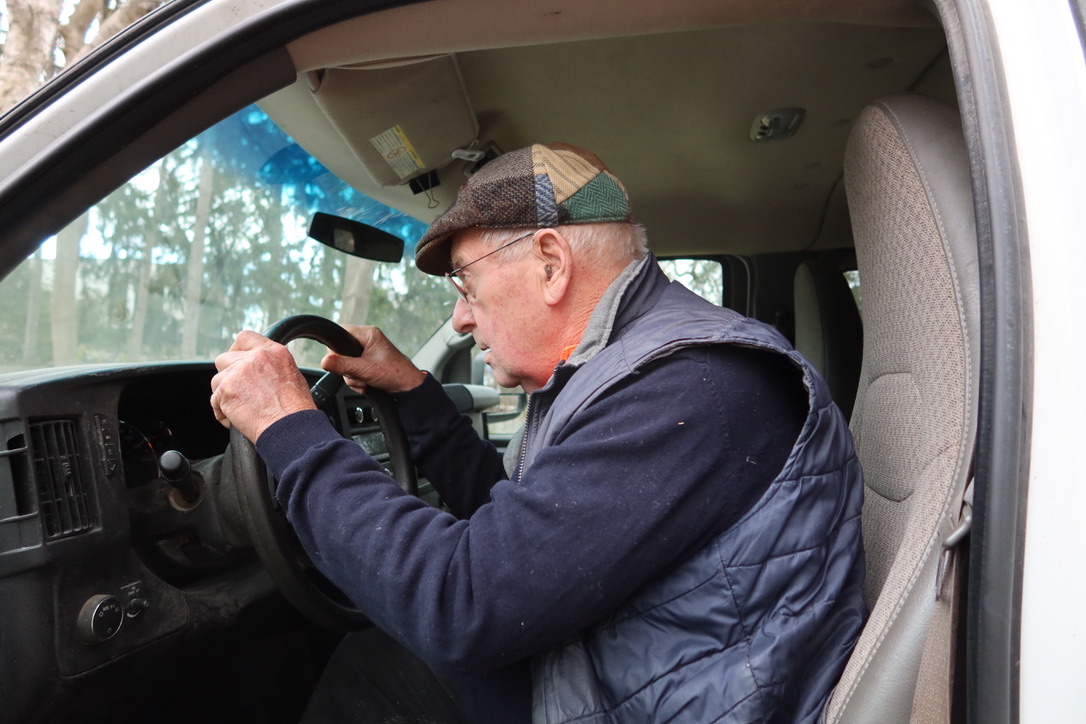
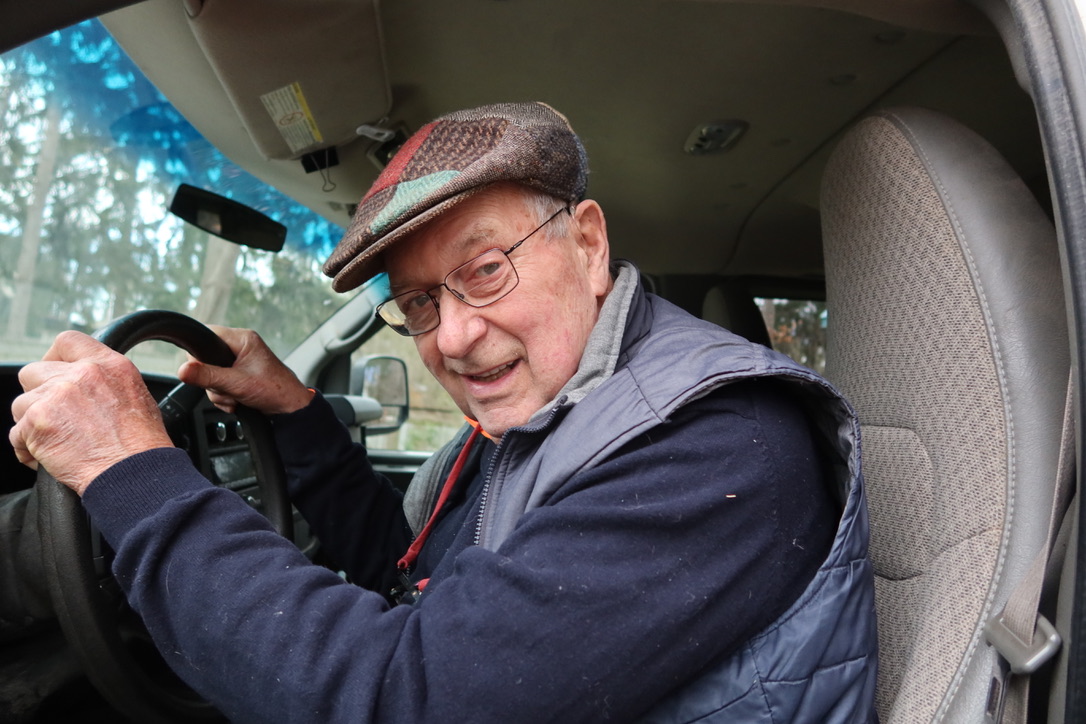

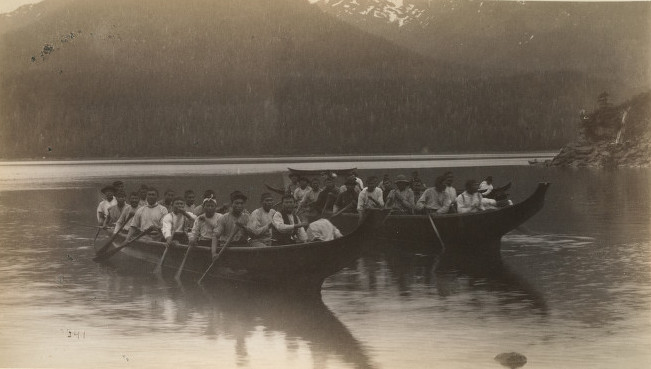
 upload.wikimedia.org/wikipedia/commons/a/af/Taku.jpg 2x” data-file-width=”485″ data-file-height=”599″ class=””>
upload.wikimedia.org/wikipedia/commons/a/af/Taku.jpg 2x” data-file-width=”485″ data-file-height=”599″ class=””>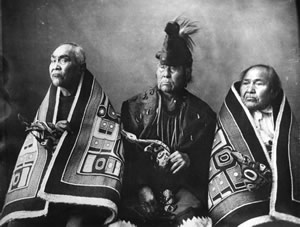


 upload.wikimedia.org/wikipedia/commons/thumb/a/a2/Tlingit-map.png/440px-Tlingit-map.png 2x” data-file-width=”637″ data-file-height=”1057″>
upload.wikimedia.org/wikipedia/commons/thumb/a/a2/Tlingit-map.png/440px-Tlingit-map.png 2x” data-file-width=”637″ data-file-height=”1057″>